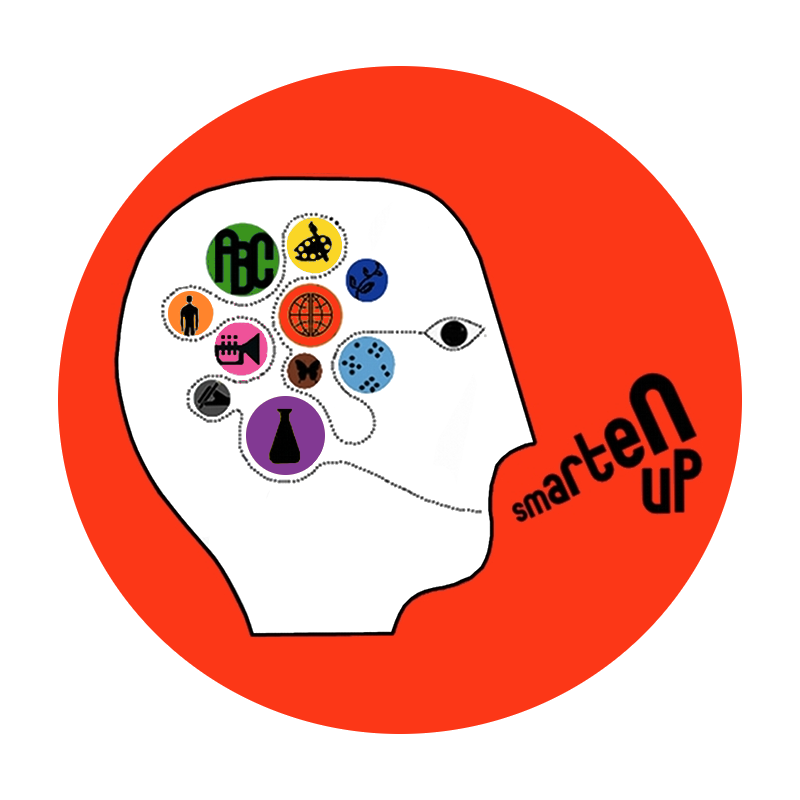Parents know how important it is to supplement their kids’ reading at home. But aside from picking up a good old-fashioned paperback, what other tools are out there? How do you distinguish great resources from mediocre? We’ve got your back. Here’s a guide to our favorite phonics and reading resources.
Digital Resources
Freckle ends up on just about all of our lists. That’s because it’s fun, effective, and takes literally no brain power from you to get your child set up on it. With activities in reading, phonics, and math, it’s a great one-stop shop for summer practice.
Wordwall houses an incredible library of teacher-made games in just about any subject you can think of. You can create your own for a fee, but accessing their library of pre-made games is completely free. You can browse generally or search for a specific skill. Kids love their fast-paced game templates, which are especially great for any student who likes a little competition.
Teach Your Monster to Read is visually appealing and so much fun for kids! They get to design their own monster and bring it with them every step of their reading journey.
Homer is a super fun and engaging website and app for kids to practice reading, writing, and a slew of other crucial early literacy skills.
Epic is a digital library with thousands of books for all ages, from decodables to young adult novels. They have texts on just about every subject in both fiction and nonfiction. Kids love Epic books because they look like real books, only they’re digital. The pages turn when you click on them, and most books are accompanied by vivid illustrations, photos, and/or graphics.
Hard Print Resources
For those of you wanting to limit or eliminate summer screen time, we recommend the following resources:
Highlights Kids is one of the most popular magazine subscriptions for kids, and for a good reason. Each issue contains many opportunities for readers to learn, explore, and play. While most of the content doesn’t feel academic, students practice crucial skills in reading, math, critical thinking, problem-solving, and strategizing.
Phonics books are a great resource for students who are emerging readers. Also called “decodable” books, they usually come in a set and are specifically written with targeted phonics skills and concepts for students to practice systematically and sequentially. The main difference between these books and other books that have phonics concepts is that these usually align to a specific curriculum, which means that the skills students use when reading each subsequent book are scaffolded and follow the same progression as the lessons they are learning/have learned in school (or at home).
Finally, a high-quality phonics workbook is another great no-tech bet. But not all workbooks are created equal. Those that focus primarily or exclusively on rote, repetitive copying, and other memorization strategies don’t necessarily provide kids with meaningful learning. It’s important for workbooks to be substantive, especially since it’s easy for worksheets to become busywork! That means they should require critical thinking and application as opposed to mindless practice. This one by Scholastic has some great exercises.







